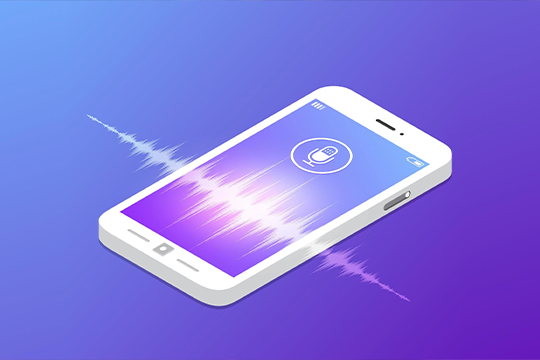Technological innovations have become critical in strengthening patient care, improving operational efficiency, and boosting the overall performance of medical organisations in the ever-changing healthcare industry. In this post, we will look at ten different types of healthcare software solutions that can help your medical practise grow.
Before the pandemic, the IT sector in healthcare was expected to reach $326.1 billion in 2021, and it is now expected to reach $662 billion by 2026. Some of the hurdles are also falling (digital scepticism), and healthcare stakeholders all across the world have now agreed that digital is the way to go.
In addition, we will emphasize Ndimension Labs’ experience in this subject.

- Software for Electronic Health Records (EHR) Elevating Patient Data Management:
EHR software is the foundation of modern medical practises. It stores and manages patient records digitally, allowing easy access and effective data management. Ndimension Labs provides customised EHR solutions that not only streamline but also secure patient data. - Software for Practise Management Operations Streamlining:
Efficient practise management is critical to the smooth operation of your medical practise. The practise management software from Ndimension Labs simplifies appointment scheduling, billing, and inventory administration, allowing you to focus on providing excellent patient care. - Global Reach of Telemedicine Software:
Telemedicine has grown in importance, particularly in the aftermath of the global epidemic. Ndimension Labs’ telemedicine software enables your practise to provide remote consultations, making healthcare available to patients all over the world. - Software for Medical Billing Financial Health:
Your medical practice’s financial health is critical. Ndimension Labs’ medical billing software automates the billing process, manages claims efficiently, and tracks revenue, ensuring your practice’s financial stability. - Data-Driven Insights from Healthcare Analytics Software:
Healthcare analytics software is a major changer in today’s data-driven environment. Ndimension Labs develops healthcare analytics software that extracts useful insights from patient data, resulting in better decision-making, better patient outcomes, and business success. - Radiology Information System (RIS) Software Efficient Radiology Management: Ndimension Labs provides RIS software to practises that provide radiology services. From appointment scheduling to picture storage and reporting, this programme optimises radiology workflows.
- Electronic Prescription Software Improved Medication Management:
Ndimension Labs’ electronic prescription software simplifies prescription processes. It ensures proper prescription management, lowers mistakes, and improves patient safety. - LIS (Laboratory Information System) Efficient Lab Operations Using Ndimension Labs’ LIS Software:
Streamline laboratory operations using Ndimension Labs’ LIS software. It improves lab efficiency by facilitating specimen monitoring, result reporting, and inventory management. - Optimised Patient Appointments Using Appointment Scheduling Software:
Using Ndimension Labs’ appointment scheduling software, you can ensure that your patients have a pleasant experience. Patients can arrange appointments online, minimising wait times and increasing patient satisfaction. - Patient Engagement Software Empowering Patients:
Use Ndimension Labs’ patient engagement software to engage and empower your patients. It includes elements such as patient portals, telehealth alternatives, and health education materials, all of which help to strengthen the doctor-patient relationship.
How Ndimension Labs Can Transform Your Medical Business
With years of experience and a team of experts, they offer tailor-made solutions to meet your specific needs. Whether you’re a small clinic or a large hospital, Ndimension Labs can elevate your medical business to new heights.

FREQUENTLY ASKED QUESTION
Q: How can EHR software benefit my medical practice?
A: Electronic Health Records (EHR) software streamlines patient data management, improves accuracy, and enhances patient care.
Q: Is telemedicine software secure and HIPAA-compliant?
A: Yes, Ndimension Labs’ telemedicine software ensures secure and HIPAA-compliant remote consultations.
Q: Can practice management software help reduce administrative tasks?
A: Absolutely. Practice management software automates various administrative tasks, saving time and resources.
Q: How can healthcare analytics software improve patient outcomes?
A: Healthcare analytics software provides insights that enable better-informed decisions, leading to improved patient care.
Q: What sets Ndimension Labs apart from other healthcare software providers?
A: Ndimension Labs offers custom solutions, exceptional customer support, and a deep understanding of the healthcare industry.
Q: Can Ndimension Labs scale their solutions for large medical institutions?
A: Yes, Ndimension Labs can tailor their solutions to meet the needs of both small clinics and large hospitals.
Conclusion
Investing in the right healthcare software is a strategic move for your medical business. The 10 types of healthcare software you can use to take your medical business to the next level and Ndimension Labs offer you the tools and expertise needed to succeed in today’s competitive healthcare landscape. Embrace innovation and watch your medical business thrive.




